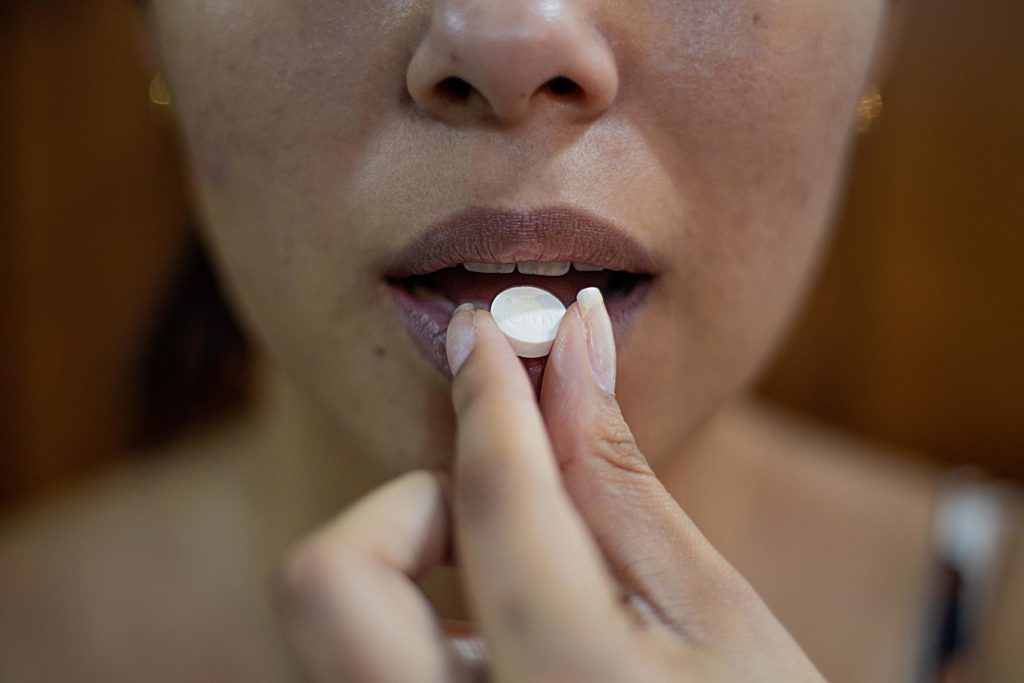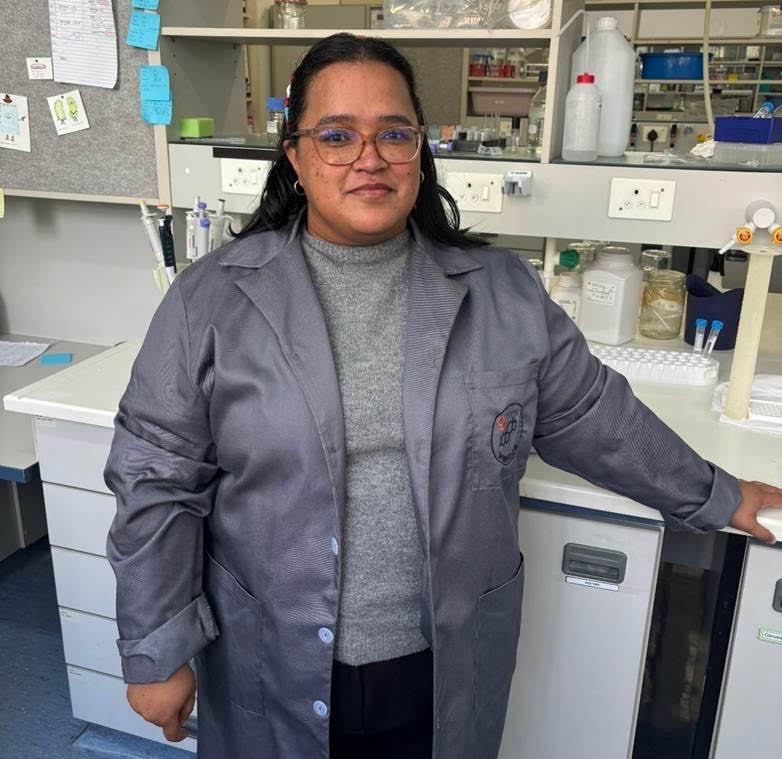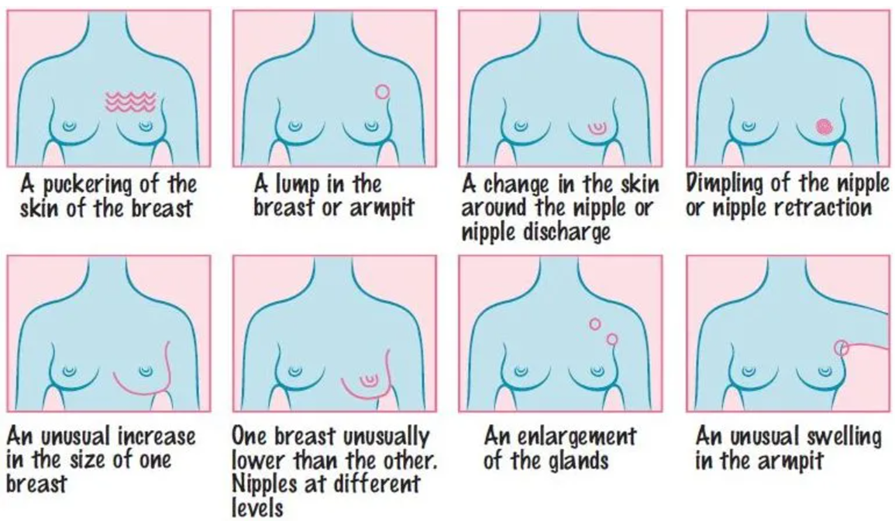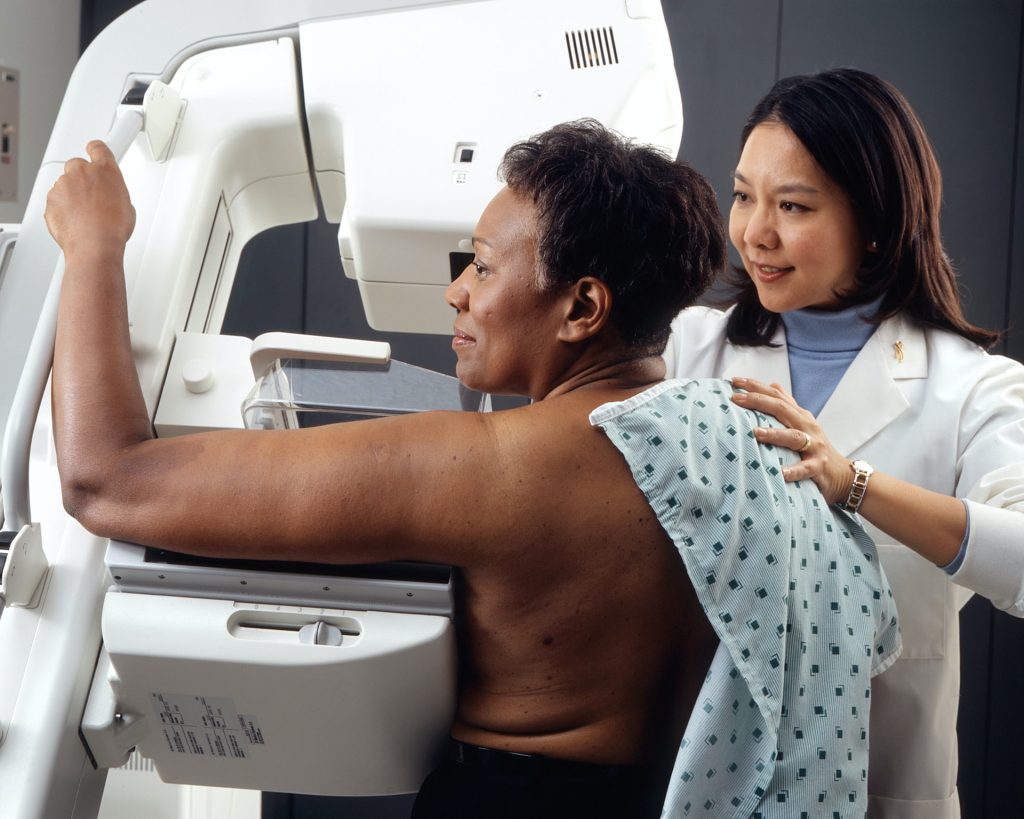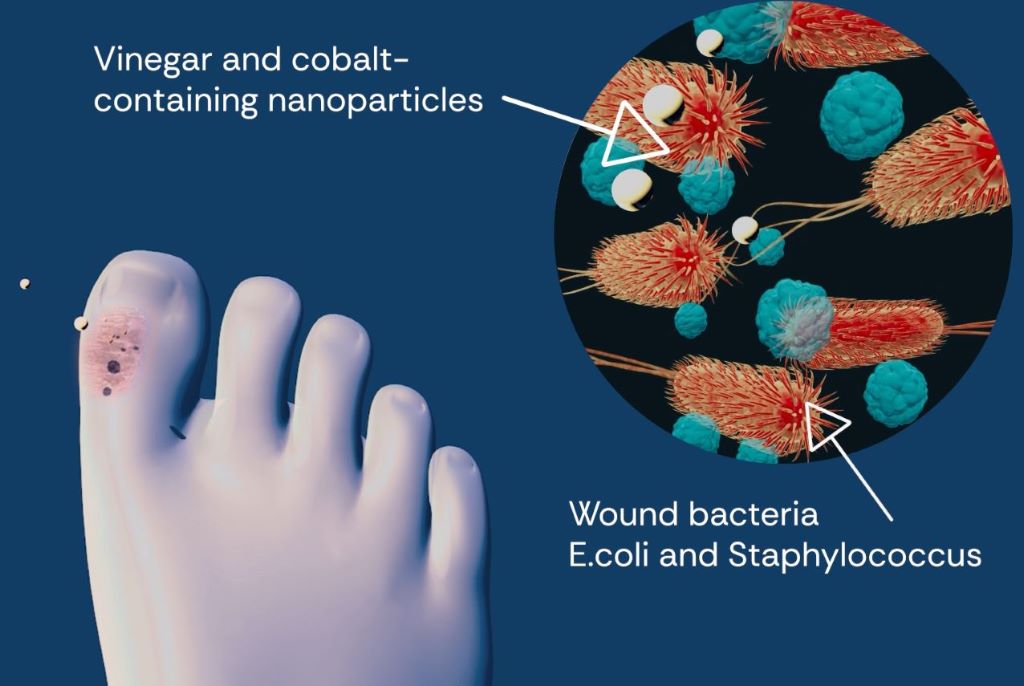Common Arthritis Drug Reveals Hidden Benefit

Methotrexate, a common medication used to treat rheumatoid arthritis, has a newly recognised useful secondary effect to lower blood pressure and potentially reduces the risk of heart disease in people with this condition.
A new study, led by Flinders University and Southern Adelaide Local Health Network (SALHN) researchers, has shown that methotrexate significantly lowers blood pressure when compared to another arthritis drug, sulfasalazine. The findings, published in Annals of Medicine, mark the first clear evidence of this effect in newly diagnosed patients.
Occurring in about one in 100 people, rheumatoid arthritis (RA) is a common autoimmune disease which leads to inflammation and pain in the connective tissue of a patient’s joints.
Over six months, the South Australian and Italian researchers followed 62 newly diagnosed adults who had not yet started treatment.
Half were given methotrexate and the other half received sulfasalazine. Researchers then measured their blood pressure, joint inflammation, and stiffness in their arteries at the beginning of the study, then again after one and six months.
Lead author of the study, Professor Arduino Mangoni, from Flinders University’s College of Medicine and Public Health, and SALHN’s Department of Clinical Pharmacology, says they wanted to see if methotrexate could lower systolic blood pressure, which indicates how much pressure your blood is exerting against artery walls when your heart beats.
“We found that methotrexate lowered systolic blood pressure by an average of 7.4mmHg compared with people taking sulfasalazine,” says Professor Mangoni, Strategic Professor of Clinical Pharmacology.
“This kind of reduction is considered meaningful because even a small drop in blood pressure can lower the risk of serious heart problems like heart attacks and strokes.”
Interestingly, this benefit did not seem to be linked to changes in either arthritis symptoms or the stiffness of arteries, suggesting that it might be helping the heart in other ways, like calming inflammation or improving how blood vessels work.
Professor Arduino says the findings are exciting because they show methotrexate might do more than just treat rheumatoid arthritis.
“We’ve known for a while that methotrexate helps with inflammation, but now we’re seeing that it may also help lower blood pressure, which is a major risk factor for heart disease,” he says.
“This could be a big step forward in how we care for people with rheumatoid arthritis.”
The researchers also looked at how genetics might play a role in how well methotrexate works and found that certain genetic traits made some people more likely to experience a drop in blood pressure while taking the drug.
“In short, if someone has specific gene variants, methotrexate might add a heart health benefit to its usual role in treating rheumatoid arthritis by the positive effect on blood pressure,” he says.
The researchers say that this opens the door to more personalised treatment options, where doctors could use genetic testing to predict who might benefit most from methotrexate’s heart-protective effects.
Study coordinator and medical scientist, Dr Sara Tommasi, says that although more research is needed to confirm these findings and understand exactly how methotrexate lowers blood pressure, the results are promising.
“The results suggest that this well-known arthritis drug could also play a role in protecting heart health, especially in people who are at higher risk due to inflammation,” says Dr Tommasi from the College of Medicine and Public Health and South Adelaide Local Health Network.
Source: Flinders University

